As far as truly ‘local’ activities go, relaxing with a book or a laptop and slowly sipping coffee in a café surely ranks near the top. Yet very few travelers allow themselves the luxury of spending time doing next to nothing in a café. There are simply too many other things to do and see. Therefore, kicking back in local cafés becomes something of a guilty pleasure for many. As much as I love to see people checking one sight after another in Prague, I have to confess that it also makes me a bit sad because relaxing in a café provides some unique insights into the local culture and should be something you do in between sights.
Luckily, there is a strong coffeehouse culture in Prague, and the city’s historic cafés have long been included among the must-sees. Almost every guidebook features top traditional coffeehouses, and if you google ‘Prague's Best Cafés’, you will get a lot of advice on the ‘best’ cafés.
However, this also means that cafés that once oozed with local atmosphere now hardly have anything to offer beyond their history and their polished wooden floors, big picture windows, and unique interiors. And because these places are crammed with guidebook-carrying tourists, the waiter tends not to care if you are coming back. Ordering a cup of coffee in these establishments can be a huge mistake and the locals have moved on, and so did the atmosphere that made the cafés so appealing in the first place.
The Cafe Slavia, the atmospheric The Cafe Louvre and the only Cubist-style coffeehouse in the world, Grand Cafe Orient, are three examples of cafés destroyed by tourism. Established in 1863, Cafe Slavia became a meeting place for artists and intellectuals – it’s regular patrons once included Franz Kafka, Rainer Maria Rilke, Jaroslav Seifert and the composers Smetana and Antonin Dvorak. Today, it is packed with tourists hunting for pictures of beautiful Art Deco architecture and the astonishing views of Prague Castle.
Cafe Louvre is another café of this kind. The Parisian-style café with a billiard hall is part of the First Republic's heritage, and its famous patrons included Albert Einstein, Karel Čapek and Franz Kafka. However, the combination of crowds of tourists, coffee of poor quality and disinterested waiters makes me pass this establishment by without any regret.
The Grant Café Orient is another remnant of the past. However, for a rare chance to see cubist architecture up close, I recommend that you enter the fabulous geometric balustrade and climb the teardrop-shaped stairwell to the Grand Café just to see the really beautiful interior with many interesting details and a narrow terrace. Do not order anything, just look.











